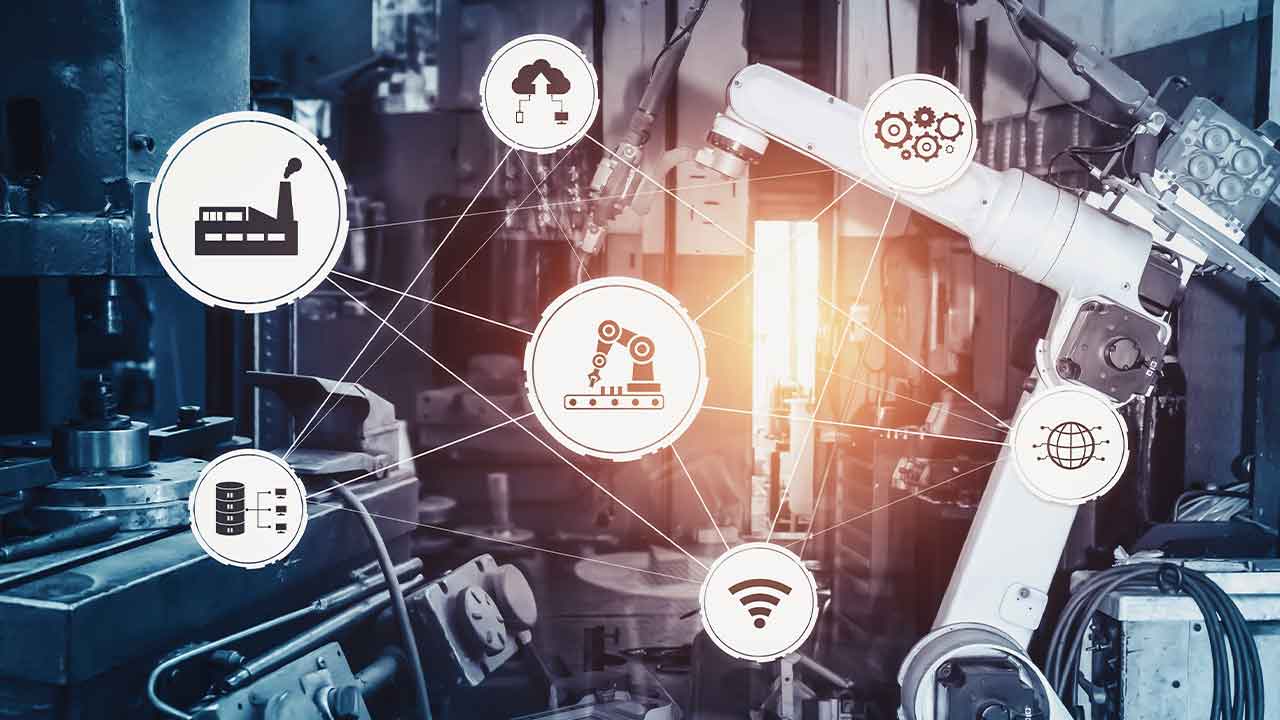Five Challenges of Digital Transformation in Manufacturing
Despite the new urgency within the manufacturing sector, there are still IIoT challenges for adopters to overcome, especially related to digital transformation in manufacturing.
Five Challenges of Digital Transformation in Manufacturing
Capital Expenditure
While small and medium-sized companies that were early adopters came out with a competitive advantage, it is still true that many of these smaller firms lack the capital resources and deep pockets of larger competitors.
Companies of all sizes also tend to focus on ROI, and the formula for successful ROI is different for different-sized enterprises. There is also the problem of linking investment dollars to future profitability. Many companies struggle with the upfront cost, but the cost of not adopting may be higher or even fatal.
The solution may come through the modularity of many of these platforms. By using cloud-based software and cost-effective hardware, companies may develop incremental plans that focus on a critical area such as downtime with plans to scale the system as results pay for themselves through increased production.
Skillsets
Many manufacturing industries find it challenging to discover that they must source and train people to deploy digital technology successfully. Platforms commonly run using AI and machine learning algorithms.
But other technologies such as digital twins in manufacturing and 3D modeling also may be required depending on the industry. Retraining existing workers may not be possible. And these new skillsets are in high demand.
IT Issues
IT is especially challenged by the skillset issue as well. Expensive fiber-optics, servers, and long cable runs must now give way to cloud-based technology with different requirements.
IT is also tasked with transferring data, ensuring security and access, and a host of other tasks that are either unfamiliar or run contrary to what they have done traditionally. And many of the legacy systems in place may have extended software licenses of their own that are now obsolete or not needed for a new digital world.
Corporate Culture Issues
The manufacturing industry has always been seen as made up of predominantly manual workers. And while there will still be places within many industries for strictly manual labor, many new skills and training are required to bring operators to the technician’s skill level.
These new technologies often utilize interactive screens, tablets, and other human-machine interfaces to input and receive data the operator needs. Training will need to be done to develop the skills for workers to understand and use these types of systems and leave behind paper-based ones.
Data Security
Many company executives who understand the importance of digital transformation and see its current and future benefits also worry about security. Most of these systems are cloud-based and operate over the internet. They may also have Wi-Fi or cellular connectivity and Ethernet to connect legacy analog equipment to the floor. These IoT security challenges do pose a risk, but can be mitigated to lower the risks of digital transformation.
With news of hacks appearing almost weekly, many are worried that such an event could stop production. Others fear that in the case of critical industries such as pharmaceuticals, these incidents could be life-threatening. While these industrial 4.0 challenges are real, security protocols are growing and will continue to focus on heightened and tightened security as adoption accelerates.
Check out the lists of industrial IoT companies and startups present at Web Summit 2021.
This is an excerpt from the HOW DIGITAL TRANSFORMATION IS DISRUPTING MANUFACTURING article. Read the full version to also find out about Digital Transformation in the Manufacturing Industry Today; Digital Transformation Terms and Trends in Manufacturing and Benefits of Digital Transformation in Manufacturing.
More Manufacturing Trends 2022
About the author
 This article was written by Dave Westrom, VP of Business Development, Machine Metrics. Dave is responsible for global sales and business development. He has an extensive track record of driving rapid growth for technology companies, including, most recently, ThingWorx, an IoT pioneer.
This article was written by Dave Westrom, VP of Business Development, Machine Metrics. Dave is responsible for global sales and business development. He has an extensive track record of driving rapid growth for technology companies, including, most recently, ThingWorx, an IoT pioneer.



